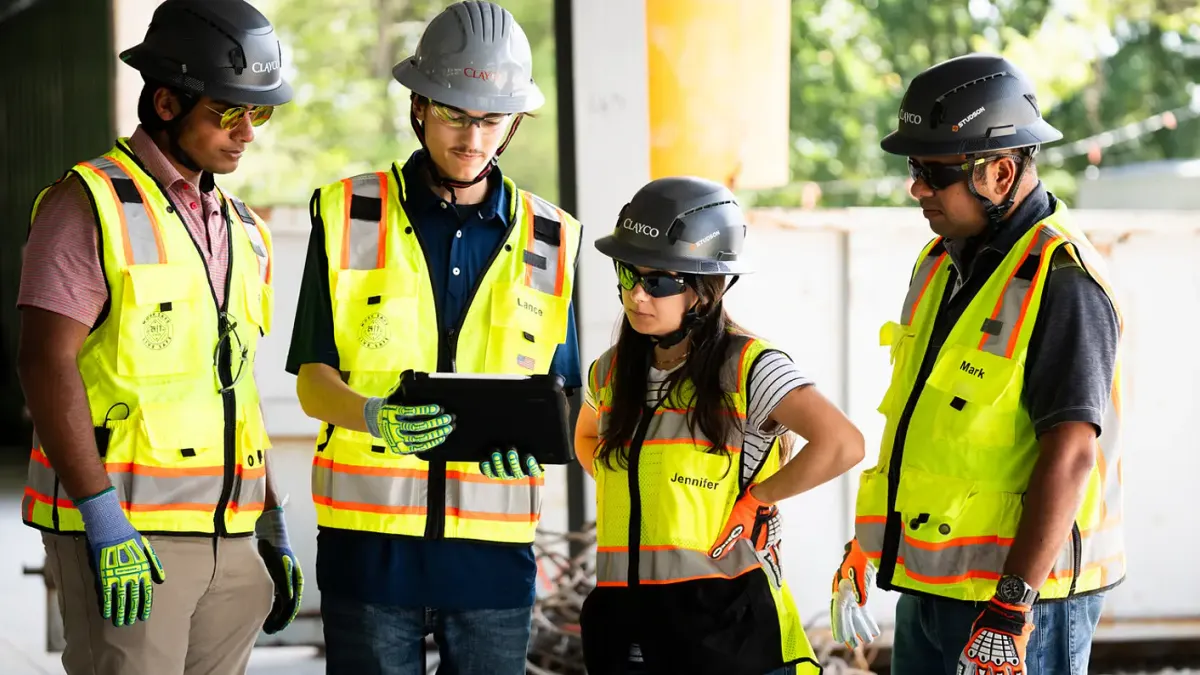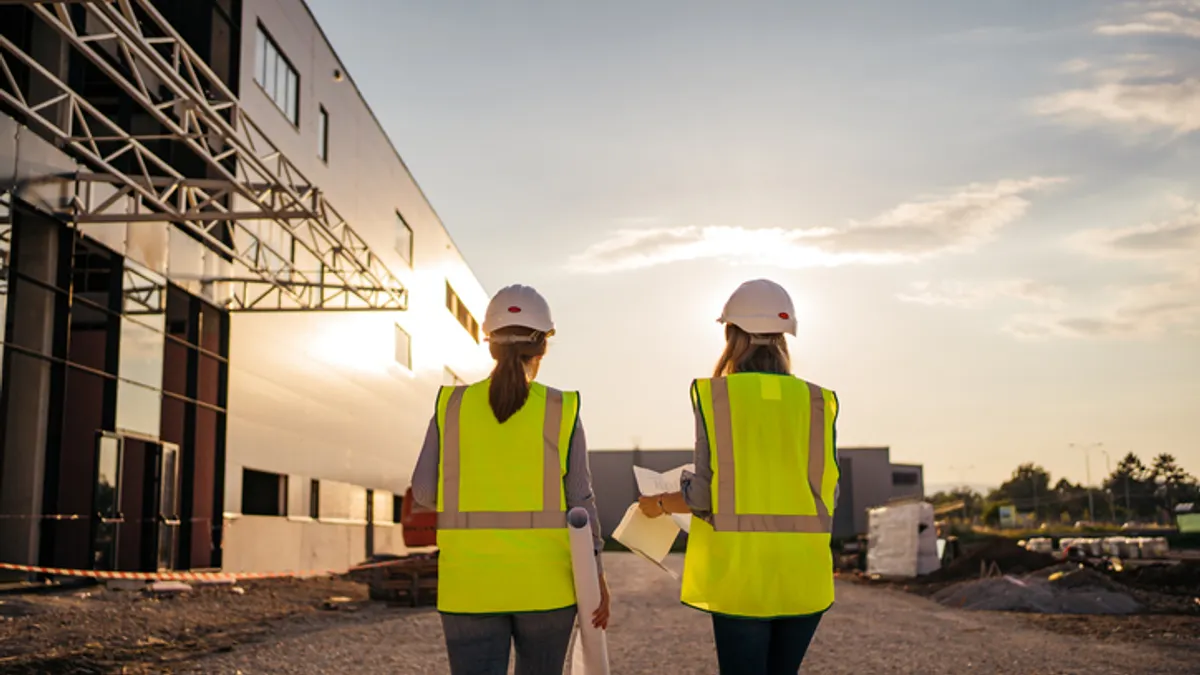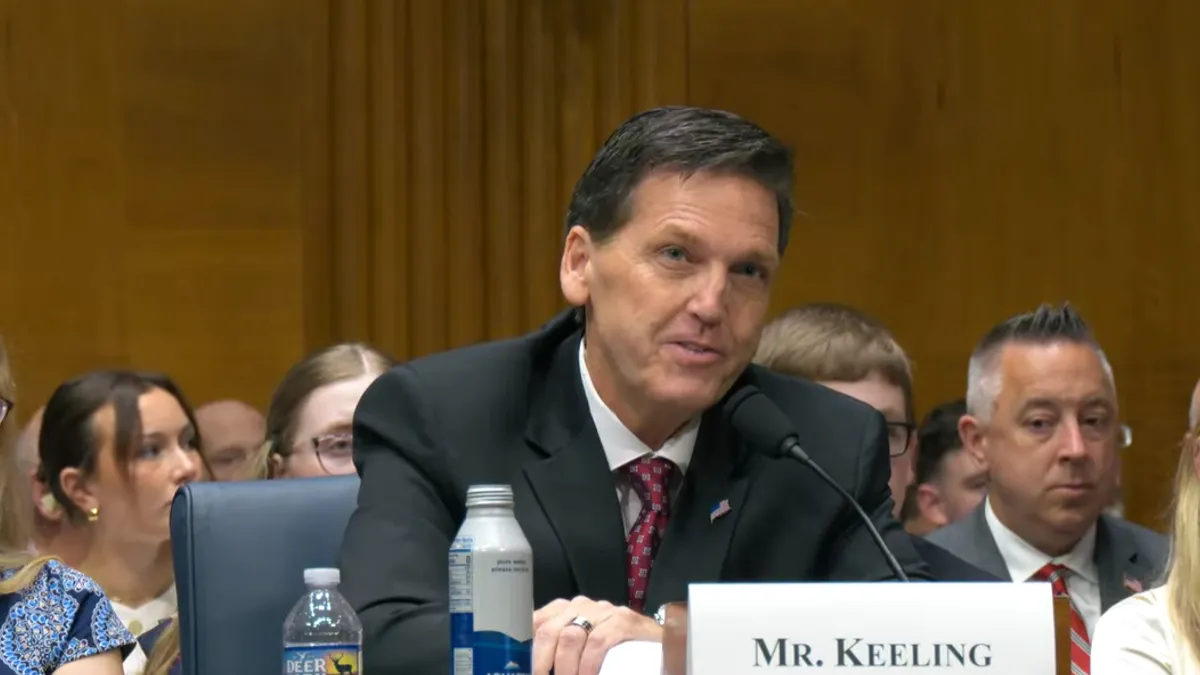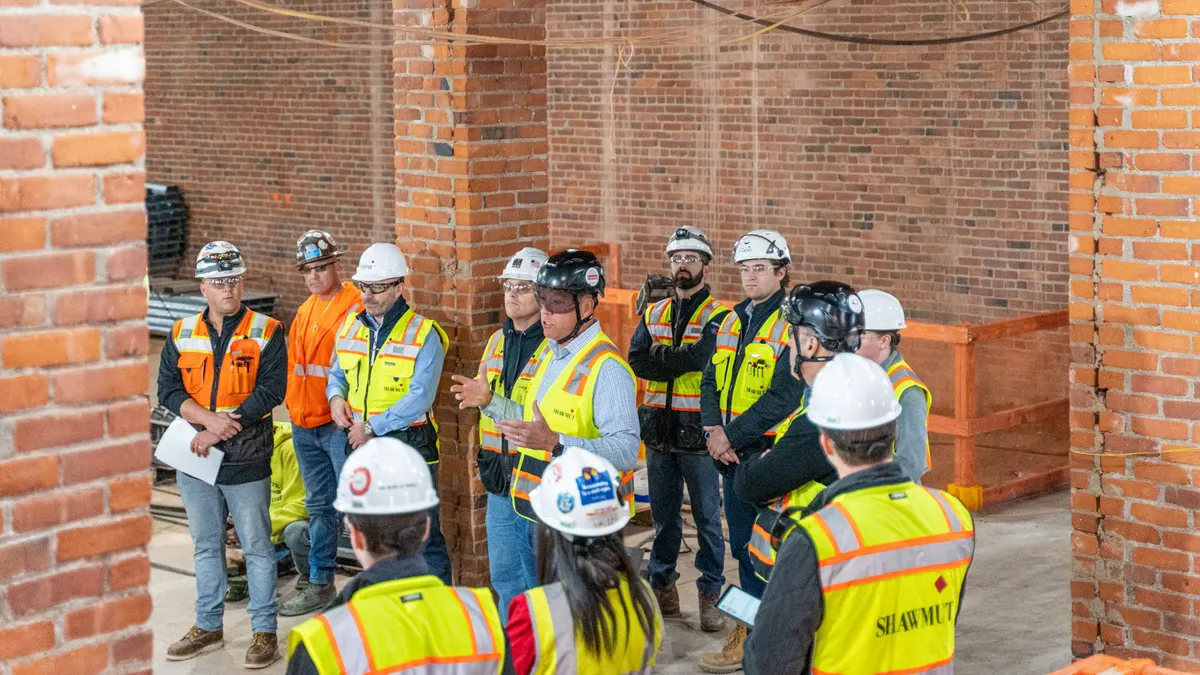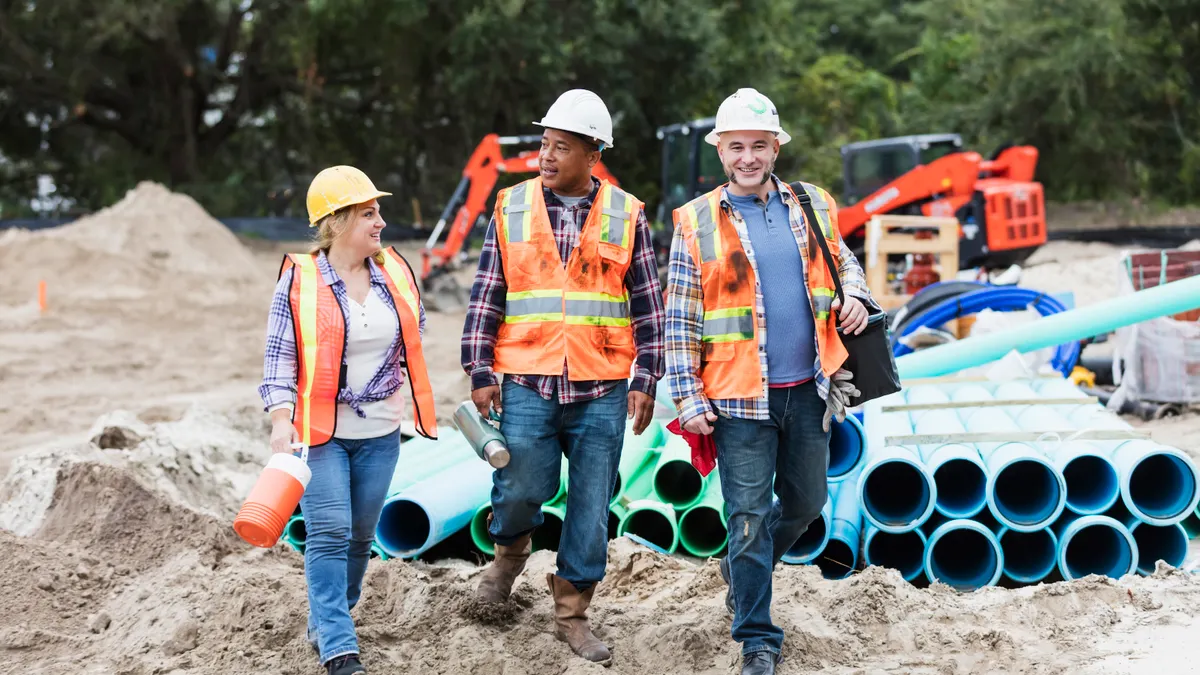Editor’s note: This story focuses on the topic of mental health and suicide. If you or someone you know is having suicidal thoughts, call the National Suicide Prevention Lifeline at 988.
As more construction workers report experiencing anxiety and depression, more are also seeking help. Nonetheless, fear and stigma can still pose hurdles.
That’s according to a second annual survey of construction workers nationwide, commissioned by Chicago-based design-build contractor Clayco and conducted by Atomik Research.
Sixty-four percent of U.S. construction workers reported anxious or depressed feelings in the last 12 months, up from 54% in 2024. The study found 44% of construction workers have used mental health services or taken prescribed medications to treat a mental health issue last year, up from 34% the year prior.
Still, 45% feel ashamed to talk about mental health issues and 37% report discrimination for speaking up.
The survey reached 2,000 total employees, half jobsite workers and half construction executives.
Clayco has placed increased focus on “psychological safety” since 2020, said Dan Lester, vice president of field culture and inclusion for the firm, as the COVID-19 pandemic put a spotlight on mental health issues. The industry has begun to counteract its stoic culture, Lester said, but more work remains.
Here, Lester talks with Construction Dive about the initiative behind the data, analyzing the statistics and how the industry can continue to improve psychological safety.
Editor’s Note: The following has been edited for brevity and clarity.
CONSTRUCTION DIVE: You first performed this survey a year ago and again now. Why make it annual?
DAN LESTER: It’s important to have consistent data. We are all in the business of data. We make better decisions as a construction company off of data. One of the things that's been lacking is the data of how our people are doing. Yes, they got the job done on time, on budget and maybe even safely, but at what cost to them?
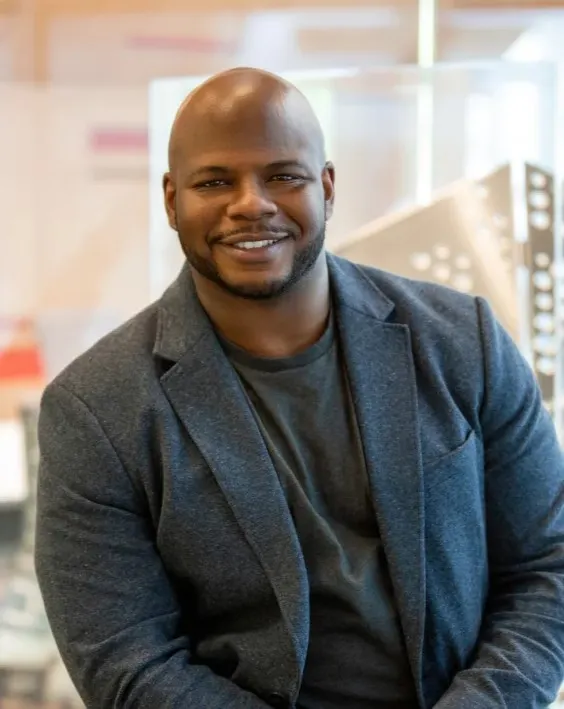
The industry didn't really have a consistent dataset. The CDC would come out with some data that they would include construction in the conversation every five years or so. So we said, “Hey, maybe since we're concerned about this, is it working? Is anything that the industry's doing working?”
Last year was the benchmarking phase. This year we got a chance to see that those numbers went up. The more we have information, the more we have conversations around this stuff. Then we can have information on if these efforts to provide mental health support, psychological safety, are working.
What conversations can you start to have as a result of these findings?
One of the biggest challenges is awareness. You have got to admit that you got a problem. But folks that admitted “Hey, I got a problem,” they're paralyzed to talk about it because of the shame and stigma associated. More workers reported feeling ashamed this year to talk about those things.
And some of those folks that we surveyed also said that they had experienced some sort of retaliation or discrimination for talking about their mental health challenges. We're asking people to speak up, but there is some data that shows that when they do, we'll treat them differently.
The data also showed about a 19% difference between what the executives believe that they offer in services that support mental health and well-being and what workers feel like they actually have available to them. There are folks that don't even know that they have services available to them for support. There’s opportunities to have conversations there.
What was the most alarming bit of data you saw in the report? And, on balance, what was the most encouraging finding you saw?
I think the most revealing piece to me was that among the folks that are dealing with substance misuse disorder or had addictive behavior — anything from alcohol, gambling, other types of vices —- the executives in our industry had a higher admission rate of using or having an issue than the tradespeople. There has been no data that I've seen that would show that. Knowing who we know, it's not out of pocket to think that executives would be struggling. They're dealing with high stress and anxiety.
Now, a positive piece of data was the fact that, while the number of people that experienced issues or had some sort of anxiety or depression went up about 9%, the same numbers went up on the flip side. We saw more people who are receiving support.
So the number of people experiencing challenges is up, but also the number of people getting help for those challenges is up, which is a good thing.
We're making progress. That's something that we can really be excited about.
Construction is stressful. The work is hazardous and timelines can create anxiety. What can industry leaders do about that?
When our CEO got ahold of the information he was very concerned about what we could do in terms of prevention. What can we do to keep people from even getting depressed or having anxiety?
So, we now have a designated mental health person on the jobsite. And we encourage everybody to go through some sort of psychological safety training every year. These are some of these things we're already doing here at Clayco.
Some of the work is physically demanding. And we can't change that. Some of it could be poor work-life balance. The other thing is the fact that people are away from their families when they're traveling for a job.
Maybe if we can come together as a collective industry and ask “What are we willing to do together to say these things are not okay to have as standards on our project?”
What is the one step you’d recommend contractors take to start improving their psychological safety practices?
One thing that all leaders need to do is model vulnerability. If you're vulnerable first, if you talk about how things are challenging to you, it gives people the license or the green light to say, “Oh, my leader is talking about it. They took a mental health day. It must be okay for me to take a mental health day.” When you model that vulnerability first, it opens the door and makes it easier for others.



